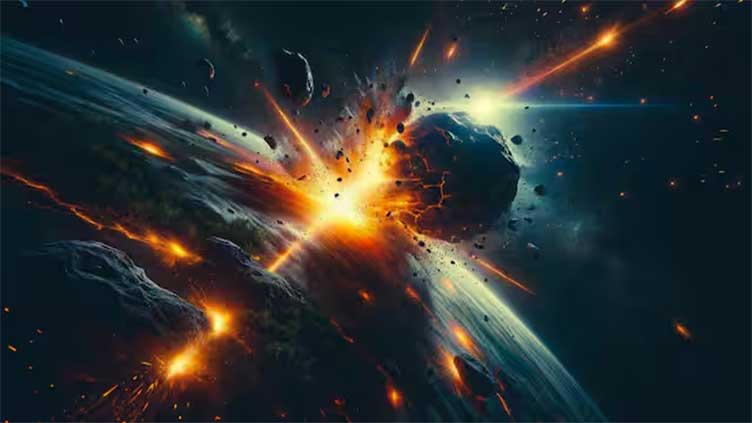Nasa issues warning as huge asteroid set to hit Earth

Technology
It is being closely monitored
(Web Desk) - Nasa issued an alert after spotting asteroid 2024 PZ3 that will come scarily close to Earth on August 15 Thursday (Today).
The 96-foot asteroid, which is roughly as big as a large aeroplane, will zoom past our planet at the dangerous speed of 43,867 km/h.
Asteroid 2024 PZ3 has been classified as an Apollo asteroid, which is one of the categories of near-Earth objects (NEOs) which have orbits that cross the path of the Earth.
Generally, NEOs are not a threat because their orbits do not bring them close to the Earth.
However, some of them get labelled as potentially hazardous asteroids, because of their scary distance and need to be monitored.
Such asteroids are larger than nearly 460 feet (140 metres) and have orbits which are likely to bring them at a distance of 4.6 million miles (7.5 million kilometres) from Earth’s orbit.
Asteroid 2024 PZ3 has not been labelled as a potentially hazardous asteroid, however, its close approach distance of only 277,018 kilometres from Earth makes it important to be monitored.
What will happen if asteroid 2024 PZ3 hits Earth?
If asteroid 2024 PZ3 hits Earth, its impact will depend on its size and the location at which it hits the planet.
A 96-foot asteroid has the capability to cause localised damage and a noticeable explosion.
Although 2024 PZ3 will pass close from Earth, it will not be dangerous for the planet.
How is Nasa tracking asteroids?
Nasa, along with other space agencies, has established a network of telescopes and advanced computing for identifying near-Earth objects (NEOs).
Even though many of the NEOs don't come very near to Earth, some of them do come at a scary distance and get tagged as potentially hazardous asteroids which need more attention.
Such asteroids are more than 460 feet (140 metres) in size and their orbits bring them within a distance of 7.5 million kilometres from Earth. NASA's Center for Near-Earth Object Studies (CNEOS) has been monitoring all the NEOs and looking for any potential impact risks.


